Architecting Your AWS re:Invent Experience
Or, how to consume re:Invent content to build better apps today

How to consume re:Invent content to build better apps today.
Watch a video overview
AWS has turned running their annual re:Invent conference into a science. The 2020 virtual version will certainly be different from the Las Vegas versions, but they will still be sharing the latest and greatest new functionality for you to build better apps.However, AWS ships so much new stuff every year (and nothing seems to slow them down!) it can be hard to figure out how to consume and synthesize all the information in order scale your modern applications. Never fear! We at Stackery have perfected the art of drinking from the re:Invent firehose and are here to help you!
I'll be here recapping the biggest architectural news announced each week of re:Invent. I'm looking forward to sharing in the excitement of all the new AWS features. But before we get to re:Invent let's look at strategies for dealing with all the new information.
Get ready
Last year AWS made 79 separate announcements during re:Invent. It is hard to keep up with the deluge of newness they release. Here's how you can stay sane while staying up-to-date:
- Expect announcements to focus on new services and features
- Truly powerful architectural insights come from how services can be integrated
- AWS uses re:Invent to teach people where modern cloud architectures are going
Expect announcements to focus on new services and features
Part of the AWS re:Invent science 👩🔬 is giving you the technical details about new features and services and then packaging it into compelling narratives. All the technical announcements are posted to their AWS "What's New" blog. In fact, AWS' marketing team is so good you'll usually see new announcements within a minute or so of their being announced in one of the keynotes!
Pro tip: You can subscribe your favorite RSS reader to the "What's New" feed year-round to stay on top of every morsel of new AWS functionality (just be prepared for an average of around 10 announcements every business day!).
All of these announcements will focus on what new things you can do with AWS, but presented primarily in a dry format that is easier to consume if you know everything about the announcement's context. For example, this is the announcement from last year's re:Invent for Lambda Provisioned Concurrency, but good luck figuring out what it means if you're not already familiar with AWS Lambda itself.
These announcements are the heart of the re:Invent conference content. This is where architects should focus their time on to learn the latest capabilities of the AWS cloud. But, if you're not already an AWS Hero you may need more than these dry, technical announcements. This is where the AWS keynotes are great. The provide stories from customers showing how the new features can be used. I personally consume the "What's New" feed and the keynotes to get my fix of all the new announcements.
Pay attention to how services can be integrated
Once we have a strategy for how we consume the all the newness, what do we do with it? How can we use it to our advantage?
While the surface-level takeaways for new services and features are important, modern applications are comprised of many managed services integrated together. Even the simplest serverless API needs an API Gateway, one or more Lambda Functions, and a DynamoDB Table or S3 Bucket.
To get the most out of AWS you need to focus on how you can combine their managed service offerings together to achieve your product needs. As an example, you can use API Gateway to route requests between Lambda Functions and ECS Fargate tasks. But Lambda Functions are integrated by directly providing the Function's ARN to API Gateway for each route, while for ECS Fargate you need to use Cloud Map to route requests to a health instance in a cluster.
Each of these integrations should also be evaluated not only for their capabilities but also for their security implications. How will you architect your application and all the integrations between resources to ensure each resource can only access the appropriate functionality of another resource? Watch for announcements like last year's S3 Access Points release that signal better ways to secure access between services.
re:Invent teaches us where modern cloud architectures are heading
Here's the most important part! Now that we've been assimilating all the pieces of the puzzle and listening to customer stories we can start to see the future of cloud application architectures. Think back to the launch of AWS Lambda back at re:Invent 2014. There were very few integrations at the time (API Gateway didn't exist until 2015!), but you could start to see the outlines of how serverless would enable new, better ways of building scalable web applications.
One way you can get insights into the future is watching Werner Vogels' keynote. As Amazon's CTO he is a technologist at heart who also knows how to build highly scalable and available cloud applications. He hand picks the best new features and stories to highlight in his keynote. If you only watch one session at re:Invent, then watch Werner's keynote. He does a great job of contextualizing all the best new architectural capabilities AWS has to offer.
Wrap up
re:Invent is chock full of amazing news for application architects. I've shared my secrets for consuming all the announcements, but I'm also looking forward to helping you understand everything as the conference progresses! Please subscribe to my feed of re:Invent news for architects where I will be breaking down all the latest and greatest announcements each week. I can't wait!
Related posts
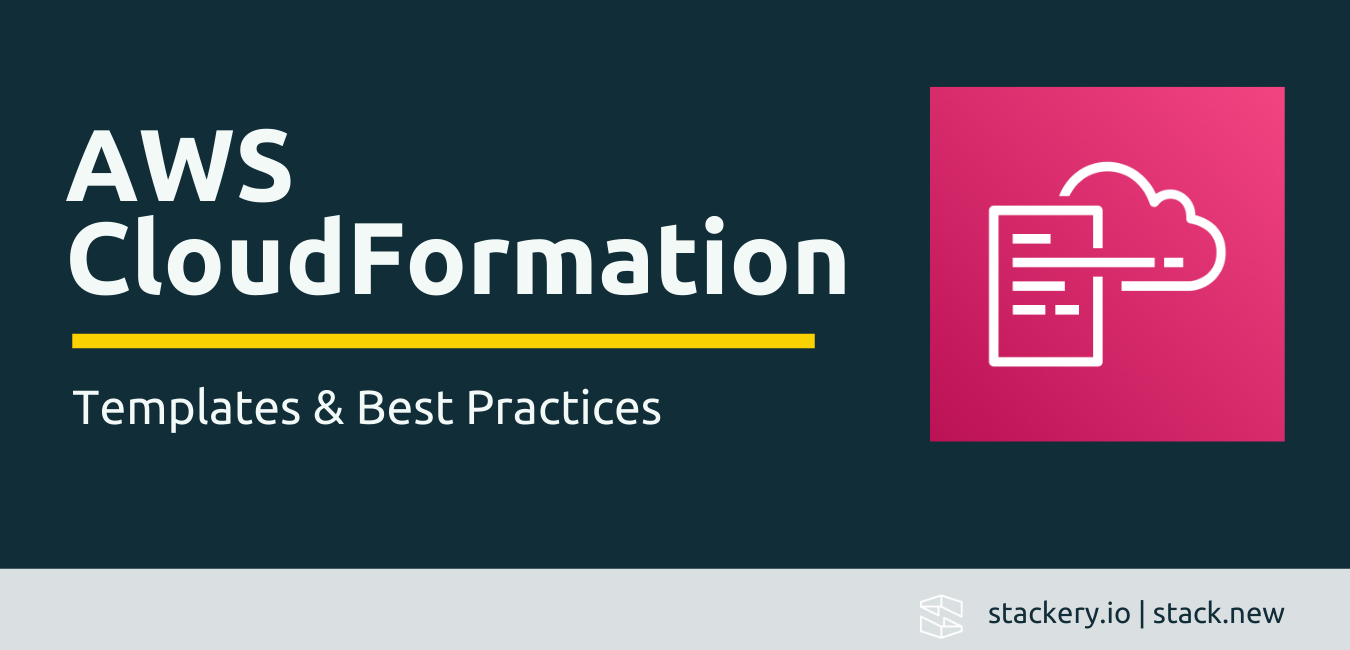
Truly composable and maintainable CloudFormation is now within reach

How will we build apps in the years to come? Werner gave us insights in his re:Invent keynote
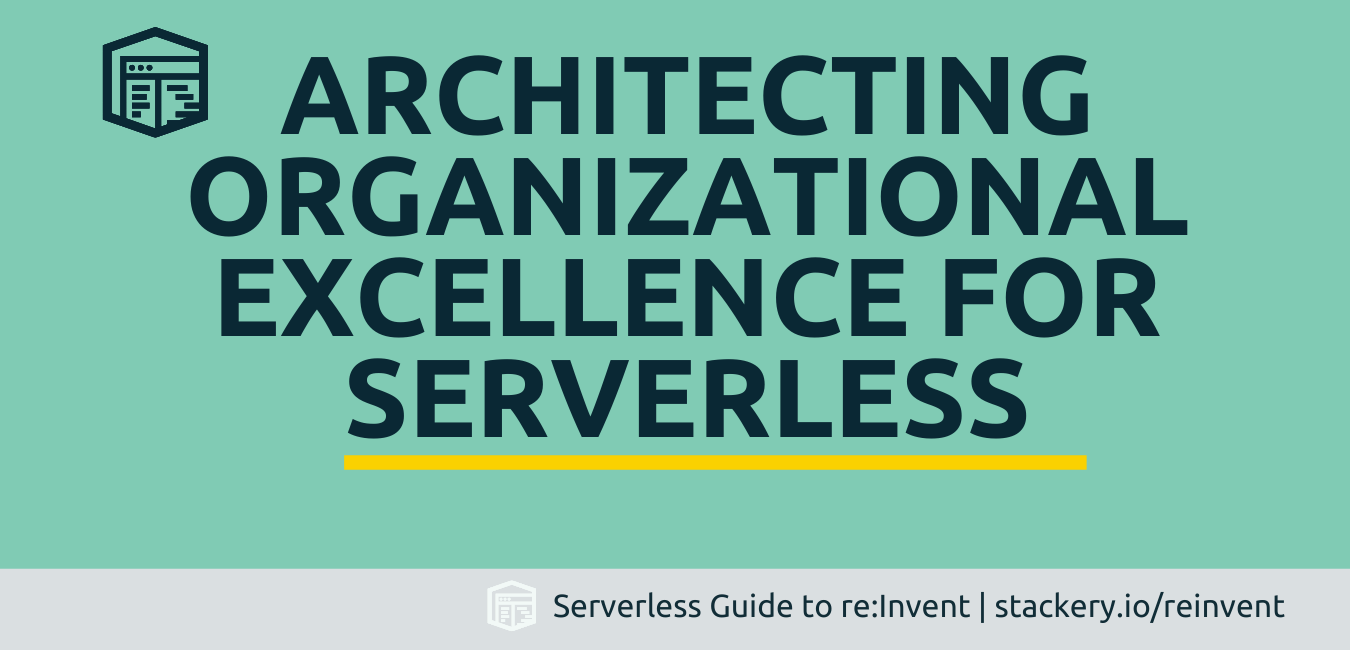
Achieve operational and cost management success
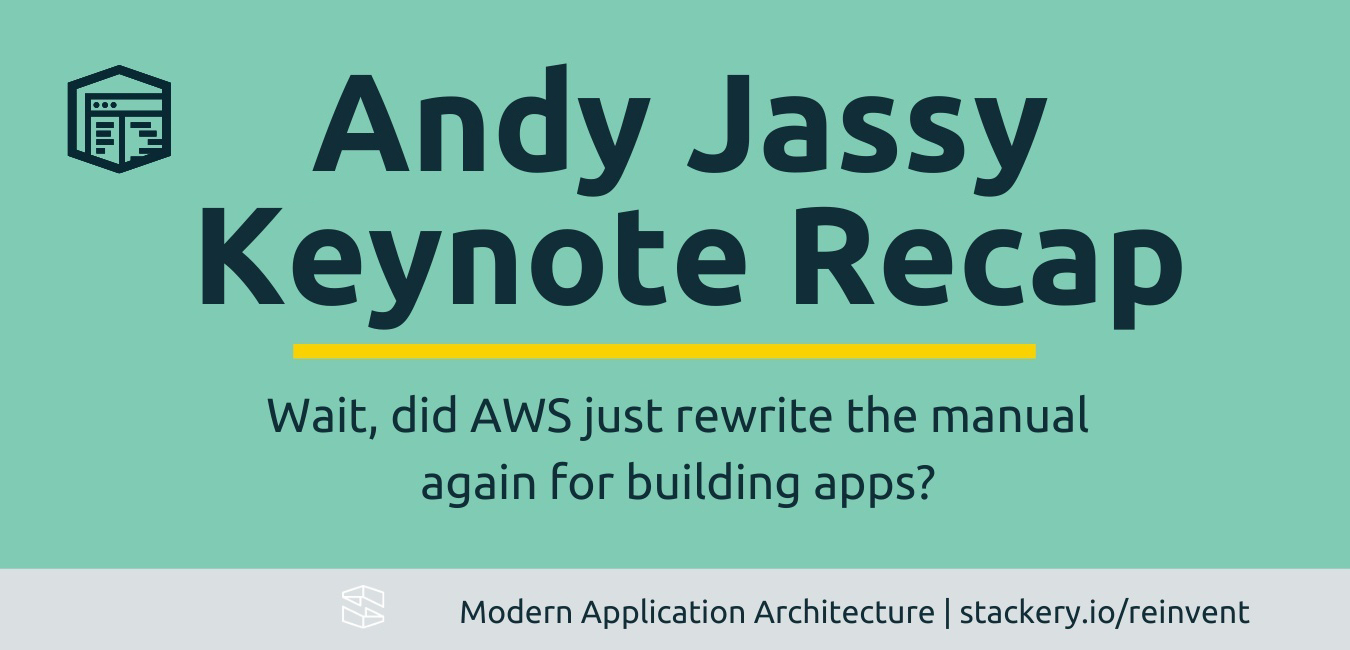
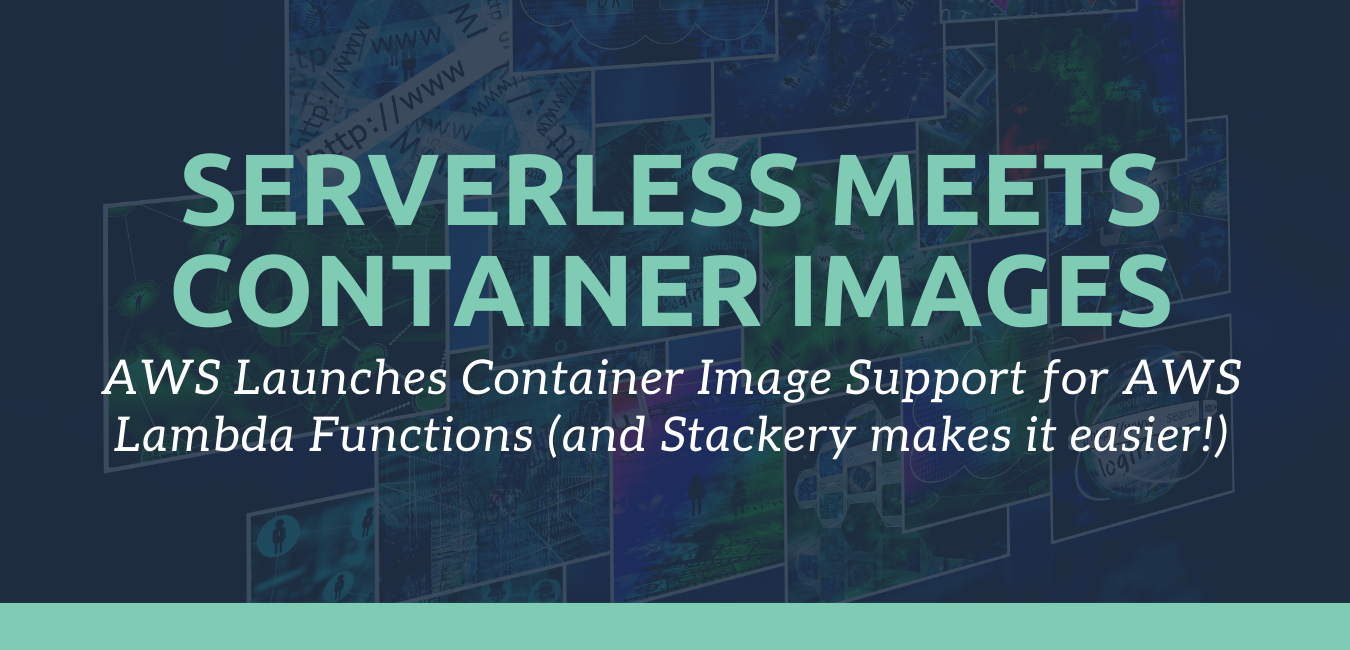
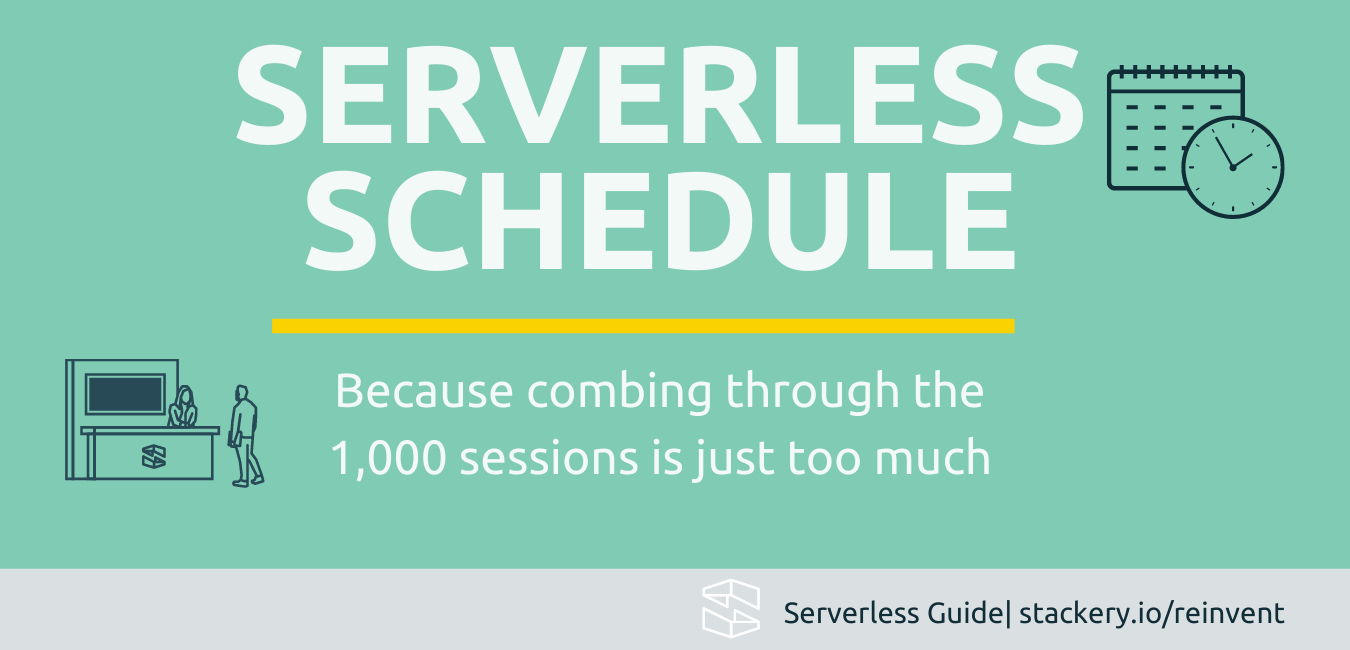
The Stackery team combed the schedule to find the must-attend events